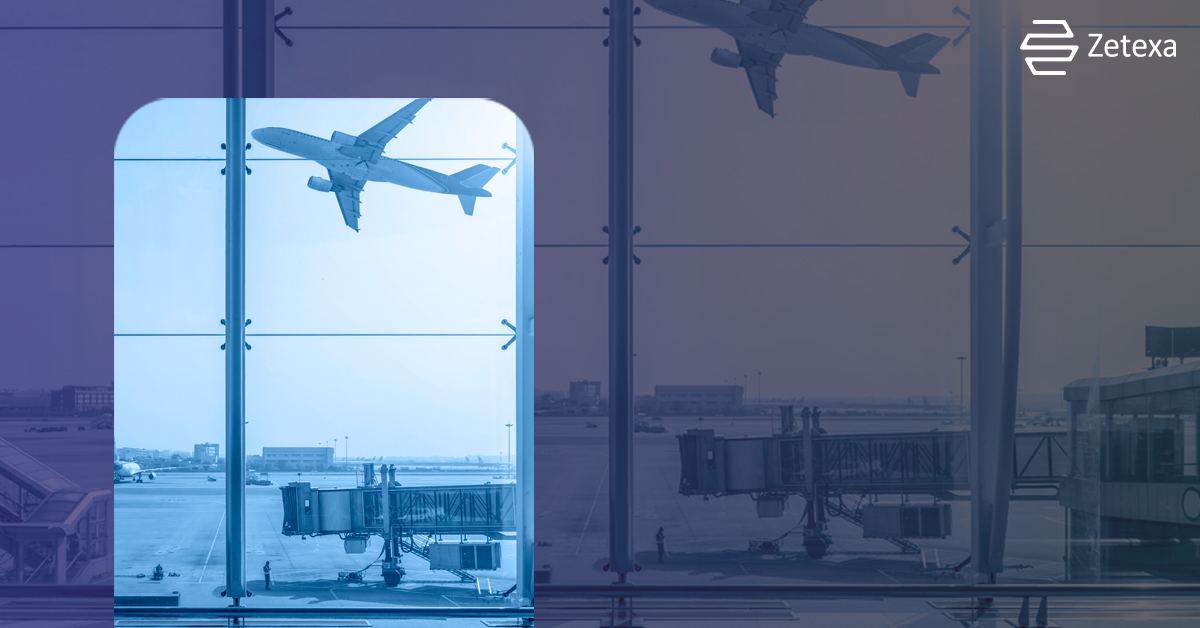With the world being as integrated as it presently is, one sees continued pressure on the airline industry to protect current yields while seeking new revenue opportunities that enhance the flying experience. One such technology that is fast emerging to take a front seat in this space is eSIM.
Many could even claim that there is a great deal of excitement about the potential for operational efficiency, passenger enjoyment on trips, and profitability with this next-generation technology solution.
What even is an eSIM?
An eSIM is a small SIM card that manufacturers directly solder onto the motherboard of any device. Since it allows for remote activation, this opens up the possibility for application across industry boundaries, and more specifically, in the aviation industry. This technology has the potential to bring seamless inflight connectivity to passengers; therefore, it will be different for airlines in terms of the inflight experience and beyond.
Everything is changing with international eSIM. You no longer need physical SIM cards; only flexible, seamless communication is required. A significant discovery offers a chance for airlines seeking to enhance passenger satisfaction and streamline operations.
That is the only way passengers can guarantee they will always be connected and have a great time while traveling.
Communicating with others more easily while traveling in an airplane, in an airport, or at any other stopover can make the trip much more effective and pleasurable.

Elevating Customer Experience:
Inflight connectivity:
Imagine getting on a plane and your devices automatically logging into an airline’s network—no physical SIM cards or login hassles. eSIM technology powers in-flight connectivity, allowing connectivity on takeoff until the plane lands. Reliable in-flight connectivity for staying in touch with work, streaming movies, or just keeping in touch with family enormously enhances the overall passenger experience. One key conclusion offers a chance for airlines to enhance the experience of their customers and speed up operations.
This way, travelers will only be confident of good times and constant connectivity during their journey.
Personalized Services:
Now, using eSIM data plans, it’s possible to gather data in real time about passenger consumption trends and, preferences and behaviors. Airlines can leverage this data to deliver context-based personalized services and offers directly to passengers’ devices. For example, an airline can offer customized onboard services such as in-flight discounts that ensure loyal customers receive value for their money and recommendations for entertainment based on past preferences.
Operational Efficiency:
However, customer experience can improve in other ways. eSIM technology will save money and enhance airlines’ operations across the board. Eliminating physical SIM cards allows for easier management of connectivity. Simplified airline operations should lead to reduced overhead expenses compared to traditional connectivity solutions.
Revenue Opportunities:
Inflight Retail:
International eSIMs will enable airlines to provide onboard shopping experiences through which, in the not-too-distant future, passengers might be able to scroll through articles for duty-free purchases or exclusive onboard services through linked devices, thereby opening additional revenue streams.
Sponsorship and Partnership:
Collaborating with a telecom provider or technology company offers unique advantages. For instance, you can access special connectivity packages. Additionally, promotional offers under partnership and sponsorship can benefit both parties financially.

Data Insights:
The airlines receive an enormous amount of data from eSIM data plans. Connectivity patterns drawn from knowledge based on passenger behavior and preference will aid these airlines in making data-driven decisions toward service and offering optimization for revenue growth.
Future- Proofing:
As technology advances, the characteristics of eSIMs will evolve. Future developments will likely bring enhanced security features and deeper integration with the Internet of Things. This integration will enable intelligent aircraft maintenance. Additionally, it will allow the creation of more intricate passenger personalization modules. By implementing eSIM technology, airlines can meet today’s passenger demands while future-proofing their connectivity solutions for tomorrow’s needs.
Conclusion:
eSIM technology serves as the cornerstone of revolutionary innovations for airlines. It enables airlines to connect effortlessly with passengers. Consequently, they can offer personalized services and improve operational efficiencies. As a result, airlines can enhance passenger experiences and discover new revenue sources through in-flight connectivity.
As innovation continues in the aviation industry, international eSIMs are set to redefine air travel and impact every connected flight.

Download ZetSIM App from the APP Store
Download ZetSIM App from the Google Play Store
FAQs
Airlines and airports use eSIMs to enhance real-time communication, baggage tracking, and in-flight connectivity, making travel more efficient and enjoyable.
Absolutely! eSIMs allow passengers to stay connected before, during, and after flights, enabling smoother online check-ins, in-flight WiFi access, and seamless post-landing communication.
Airlines use eSIMs for crew communication, remote aircraft diagnostics, and passenger support, ensuring operational efficiency and better customer service.
Yes! Many airports are using eSIMs for smart security systems, contactless payments, and instant traveler updates, reducing long queues and improving airport experiences.
With Zetexa eSIM, you can avoid expensive airport WiFi and roaming charges. It keeps you connected from takeoff to touchdown, ensuring easy access to travel updates, boarding passes, and last-minute bookings



